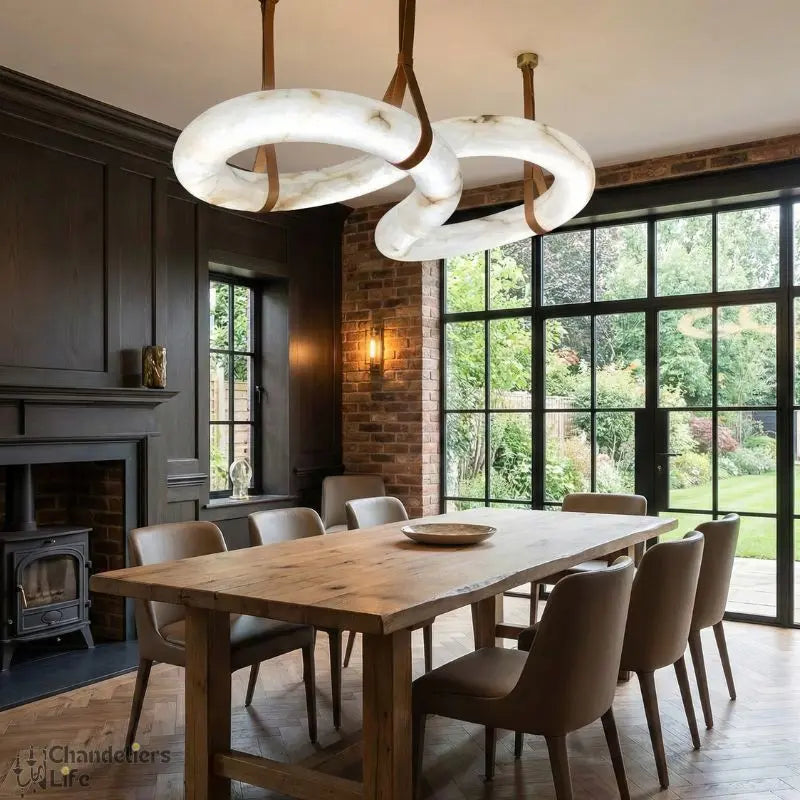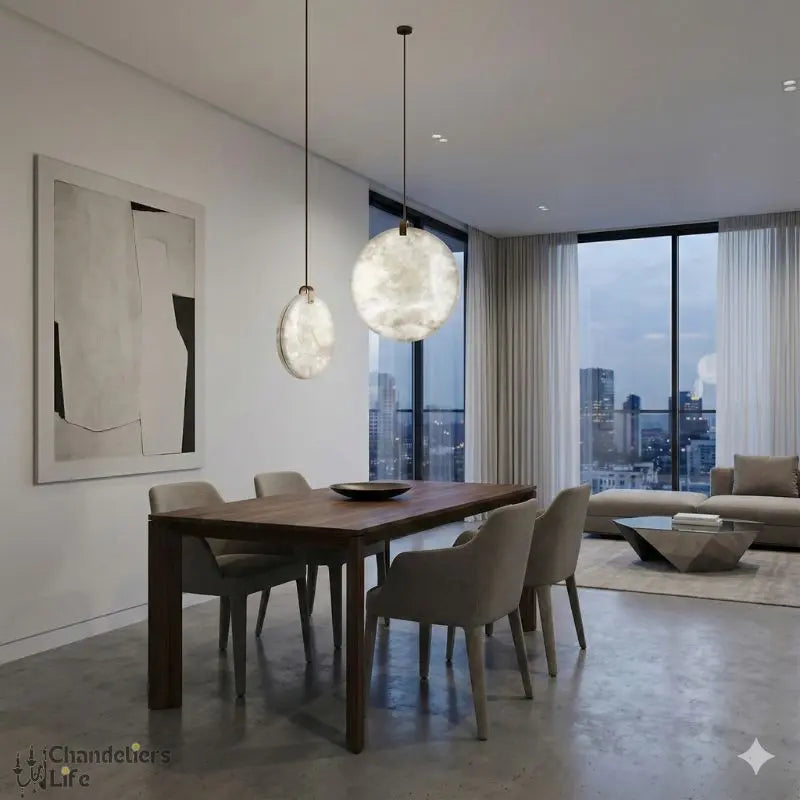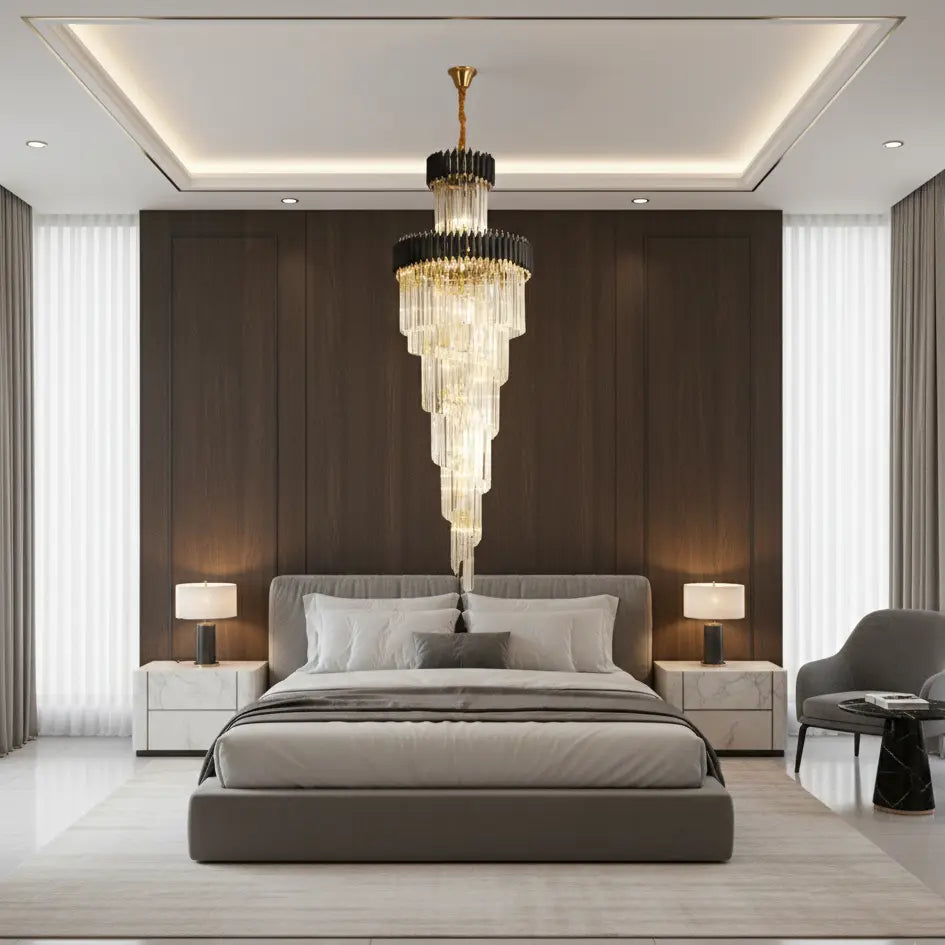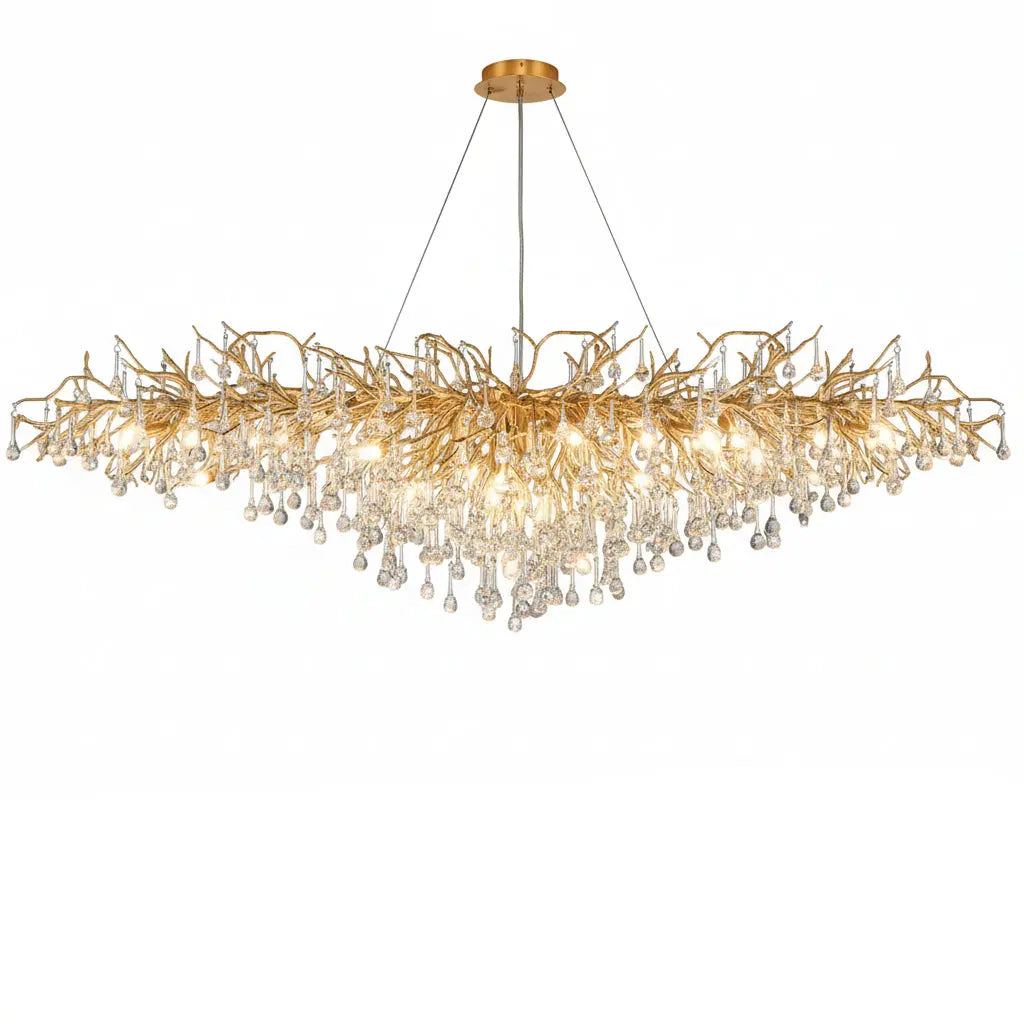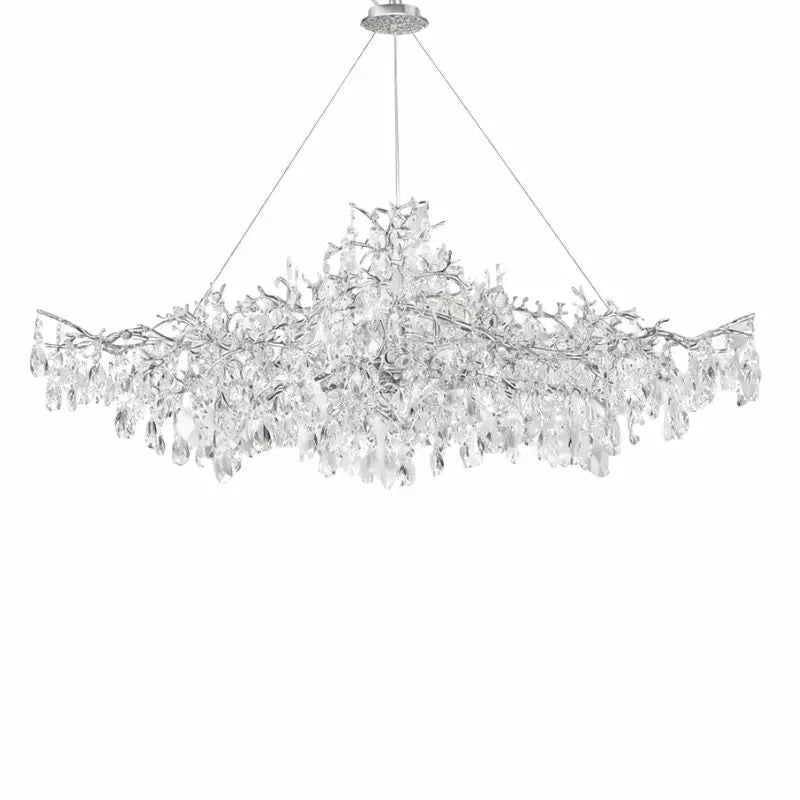Decorating your bedroom walls doesn't have to be expensive or complicated. With a bit of creativity and some simple materials, you can make stunning DIY wall art that adds personality and charm to your space. Whether you prefer a minimalist look or something more colorful and eclectic, there's an idea here for everyone.
Key Takeaways
- Transform old doors into unique, minimalist art pieces with just a few supplies and some paint.
- Create vibrant neon splash art using dry-erase boards, water, and spray paint for a fun and eye-catching design.
- Use wood shims to craft a rustic chevron pattern that brings texture and color to any wall.
- Build a personalized gallery wall by choosing a theme and arranging decorative objects that reflect your style.
- Make simple yet elegant lace art with embroidery hoops, lace, and fabric for a delicate and timeless look.
Transforming Old Doors into Minimalist Masterpieces
Materials Needed for Door Art
To start this project, you'll need a few basic supplies:
- Old door
- Primer and paint (choose a color that fits your minimalist living room decor)
- Paintbrushes and rollers
- Sandpaper
- Painter's tape
- Drop cloth
Step-by-Step Guide to Painting
- Prepare the Door: Begin by sanding the door to remove any old paint or finish. Wipe it clean to remove dust.
- Prime the Surface: Apply a coat of primer to ensure the paint adheres well. Let it dry completely.
- Tape Off Sections: Use painter's tape to mark off any areas you want to keep unpainted or to create patterns.
- Paint the Door: Apply your chosen paint color using a roller for large areas and a brush for details. You might need multiple coats for full coverage.
- Let It Dry: Allow the paint to dry thoroughly between coats and after the final coat.
- Remove Tape: Carefully remove the painter's tape to reveal clean lines.
Tips for Achieving a Monochromatic Look
- Choose a Single Color: Stick to one color that complements your Scandinavian home decor inspiration. This keeps the look clean and cohesive.
- Vary the Shades: Use different shades of the same color to add depth without breaking the minimalist theme.
- Texture Matters: Incorporate different textures, like matte and glossy finishes, to make the piece more interesting.
Transforming an old door into a piece of art is not only a great way to recycle but also a fantastic way to add a unique touch to your home. This project is perfect for those who love minimalist home office decor and want to create something truly one-of-a-kind.
Creating Neon Splash Art with Dry-Erase Boards
Supplies for Neon Splash Art
To get started with your neon splash art, you'll need a few key supplies:
- Dry-erase boards
- Brightly colored spray paint
- Spray bottle filled with water
- Paper towels
Techniques for Water and Paint Application
Creating neon splash art is simple but incredibly effective. Follow these steps:
- Spray the dry-erase board with water using the spray bottle.
- Quickly follow up by spraying the board with your chosen neon paint colors.
- Blot the excess water with paper towels as you go.
- Repeat the process until you achieve the desired look.
This technique allows for a lot of creativity and experimentation, making it a fun project for all ages.
Displaying Your Finished Neon Art
Once your neon splash art is dry, it's time to display it. Here are some ideas:
- Frame the boards for a polished look.
- Hang them as-is for a more casual vibe.
- Combine multiple boards to create a larger, more impactful piece.
This project is a fantastic way to explore creative and budget-friendly DIY wall decor ideas to transform your bedroom. Whether you prefer modern minimalist styles or boho-chic aesthetics, there are easy solutions to enhance your bedroom's ambiance.
Chevron Wood Shims for a Rustic Touch
Gathering Your Wood Shims and Paint
To start this project, you'll need to visit your local hardware store. Pick up wood shims and a few cans of spray paint in your favorite colors. Alternating hues in a random pattern can add even more interest to your design.
Designing Your Chevron Pattern
- Lay out your wood shims on a flat surface.
- Arrange them in a chevron pattern, making sure the angles are consistent.
- Once you're happy with the layout, start painting each shim. You can use different colors to create a vibrant look or stick to a monochromatic palette for a more subtle effect.
Mounting and Arranging the Shims
After the paint has dried, it's time to mount your shims. Use a strong adhesive to attach them to the wall. Make sure to press firmly to ensure they stick well. Arrange them in the same chevron pattern you designed earlier. This project is perfect for adding a touch of rustic charm to any room, especially a modern farmhouse kitchen decor.
This DIY project is not only affordable but also a great way to add a personal touch to your home. The end result is a stunning piece of wall art that will surely impress your guests.
Building an Easy Gallery Wall with Decorative Objects
Creating a gallery wall is a fantastic way to showcase your personality and style. It's a versatile and creative project that can transform any blank wall into a stunning focal point. Here’s how you can build an easy gallery wall with decorative objects.
Choosing a Theme for Your Gallery Wall
Start by selecting a theme that resonates with you. This could be anything from vintage finds to modern art pieces. The key is to ensure that all items share a common element, such as color, shape, or material. This will help create a cohesive look.
Selecting and Preparing Decorative Items
Once you have a theme, gather your decorative objects. These could include framed photos, mirrors, small sculptures, or even plates. Make sure to clean and, if necessary, repaint or refurbish these items to fit your chosen theme. Repurposing everyday items can add a unique touch to your gallery wall.
Arranging and Hanging Your Gallery Pieces
Before you start hammering nails into the wall, lay out your items on the floor to find the best arrangement. Keep your frames between 2-6 inches apart to make the grouping look intentional. Use a level and measuring tape to ensure everything is straight and evenly spaced. For a small apartment decor idea, consider using lightweight items that are easy to hang and rearrange.
A well-arranged gallery wall can make a small space feel larger and more inviting. It's a great way to add character and charm to your home without spending a lot of money.
Whether you're looking for DIY wall decor for your bedroom or affordable kitchen decor ideas, a gallery wall is a versatile option that can fit any room. From industrial style home decor to farmhouse kitchen decor, the possibilities are endless. So, get creative and start building your gallery wall today!
Simple Lace Art with Embroidery Hoops
Creating lace art with embroidery hoops is a delightful and easy way to add a touch of elegance to your bedroom. This project is perfect for those who love to work with fabrics and want to create something unique and beautiful. It's a fun project that the kids would love to do with you.
Two-Tone Stamp Art with Cotton Rope
Creating Your Rope Stamp
To start, you'll need a piece of scrap wood or cardboard and about 3 feet of 1/2-inch-wide cotton rope. Hot-glue the rope onto the wood or cardboard in your desired pattern. This will be your stamp.
Painting and Stamping Techniques
- Lightly paint the rope with acrylic crafts paint.
- Press the painted rope onto a piece of cardstock.
- For a two-tone look, repeat the process with a second color, twisting the stamp a quarter-turn.
- Let the paint dry completely.
Framing and Displaying Your Artwork
Once your stamped cardstock is dry, you can frame it. Choose a frame that complements the colors in your artwork. Hang your new piece of DIY wall art in a spot where it can be admired by all.
This project is a fun and easy way to create custom wall art that adds a personal touch to your bedroom decor.
Pixelized Accent Wall with MDF Panels
Preparing Your MDF Panel
To start, you'll need a medium-density fiberboard (MDF) panel. Begin by sanding and cleaning the panel to ensure a smooth surface. Use a pencil to mark a grid of equal-sized squares across the entire panel. This grid will serve as the foundation for your pixel art.
Designing the Pixel Grid
Next, arrange your craft paints from light to dark shades. Assign a color to each square on your grid, keeping lighter colors at the bottom and darker colors at the top. This gradient effect will add depth to your design. Make sure to plan your color scheme carefully to achieve the desired look.
Painting and Finishing Touches
Now, it's time to paint! Tape off each square and apply the paint, allowing each section to dry before moving on to the next. For a unique touch, add water to some of the paint to create a watercolor effect. This will make some squares more transparent, adding variety to your pixel art.
Creating a pixelized accent wall is a fun and affordable way to add visual interest to any room. With a bit of planning and creativity, you can transform a simple MDF panel into a stunning piece of art.
Remember, the key to a successful pixelized wall is in the details. Take your time with each step to ensure a polished final product.
Botanical Book Art for a Vintage Look
Finding and Printing Botanical Images
To start, search for free botanical images online. Websites like Wikimedia Commons and The Metropolitan Museum of Art offer a variety of public domain images. Print these images on old book pages for a unique and vintage look.
Creating Textural Mats
Cut a piece of linen slightly larger than your printed page. Machine stitch 1/4 inch from all edges. To add texture, fray the edges by pulling out threads down to the stitched line. This will give your artwork a boho chic home decor feel.
Framing and Hanging Your Botanical Art
Machine-stitch the page to the linen mat. Use bulldog clips to hang your artwork. This method is simple and adds a touch of boho bedroom decor to your space. For a more polished look, consider framing your botanical art and hanging it in a gallery wall arrangement.
Add a touch of vintage charm to your home with our stunning botanical book art. These unique pieces are perfect for creating a timeless look in any room. Don't miss out on our exclusive collection!
Conclusion
Creating your own wall art for your bedroom doesn't have to be expensive or complicated. With a bit of creativity and some basic supplies, you can transform any blank wall into a stunning display that reflects your personal style. Whether you choose to paint, use natural materials, or repurpose old items, the possibilities are endless. The best part is that DIY projects not only save you money but also give you a sense of accomplishment and pride in your home. So, gather your materials, unleash your imagination, and start decorating your bedroom walls today!
Frequently Asked Questions
What kind of paint should I use for DIY wall art?
Acrylic paint is a great choice for DIY wall art because it's easy to work with and dries quickly. You can also use spray paint for certain projects like neon splash art.
Do I need to be good at painting to create DIY wall art?
No, you don't need to be an expert. Many DIY wall art projects are simple and don't require advanced painting skills. Just follow the steps and have fun!
Where can I find materials for DIY wall art?
You can find materials at local craft stores, hardware stores, or even around your house. Items like old doors, wood shims, and dry-erase boards can be repurposed for art.
How do I hang heavy DIY wall art?
Use strong wall anchors or screws to hang heavy pieces. Make sure to find studs in the wall for extra support, especially for items like MDF panels or large doors.
Can I use recycled materials for DIY wall art?
Yes, using recycled materials is a great way to make unique and eco-friendly art. Items like old book pages, fabric scraps, and even leftover paint can be turned into beautiful wall art.
What are some beginner-friendly DIY wall art projects?
Simple projects like lace art with embroidery hoops or two-tone stamp art with cotton rope are great for beginners. These projects are easy to follow and don't require a lot of materials.







